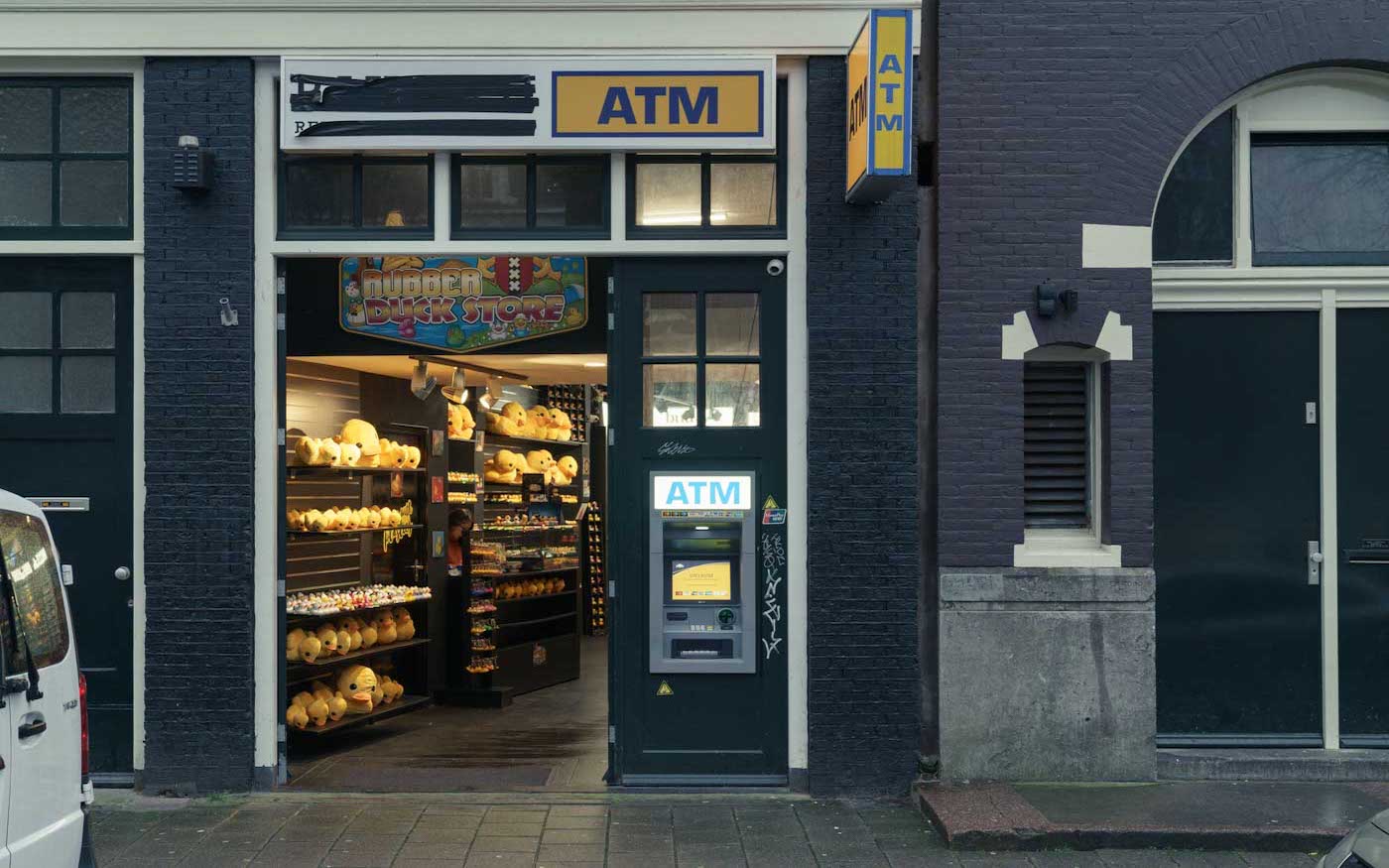A snapshot on the emerging fields of embedded finance and Banking-as-a-Platform.
The global surge in food delivery demand has triggered a clever business model innovation: virtual restaurants, without any brick-and-mortar operations, have begun to launch on-trend food brands that are exclusively distributed over popular food delivery apps, such as Delivery Hero or Uber Eats. Such virtual restaurant brands are powered by ghost kitchens, i.e. providers who offer the full “backend infrastructure” for running a restaurant business: they lease or buy real estate, install kitchen facilities and then rent it out. This model reduces the risk and upfront expenses of brick-and-mortar operations, which often require months of registrations and permit applications.
In other words: ghost kitchens provide the infrastructure for third-party businesses to easily launch their own restaurant brand. They can fully focus on meeting customer needs and building their value proposition, instead of managing the full value chain.
Banking-as-a-Platform providers are the cloud kitchens of finance
In a very similar fashion, Banking-as-a-Platform providers are the cloud kitchens of finance. These providers offer end-to-end banking capabilities, such as current accounts, cards, loans, payments via modern APIs to other third parties. Thus, they enable any brand to either launch a modern financial services offering, or to complement their existing services with banking by building on the infrastructure provided by the Banking-as-a-Platform provider.
The embedded finance revolution
In the past, companies that wanted to integrate financial services via whitelabel partners still had to deal with tremendous operational coordination and technological plumbing in the background. Major obstacles included high upfront costs, figuring out regulatory requirements, as well as long integration times. Thus, non-banking players that embedded banking into their own offerings have usually been big brands with deep pockets that justified the setup complexities, such as credit cards by Mercedes-Benz or more recently by Apple. Their backend banking partners are usually traditional banks, such as Goldman Sachs’ new Banking-as-a-Platform business in Apple’s case.
Now, the cloud kitchens of finance have lowered the entry barrier for smaller brands as well. By offering banking services as a platform they essentially take care of the backend of banking, i.e. a combination of services required by regulations, such as compliance, customer identity checks or anti-money-laundering services, with the technological infrastructure that makes it possible for their clients to offer banking products.
So far, the established providers, e.g. solarisBank and Railsbank, enable challengers to launch banks. They supplied companies that predominantly offered banking-related services as their core value proposition, such as Penta or Niyah respectively. These challengers built their own brand and frontend on top of the whitelabel banking stack, while their Banking-as-a-Platform provider stayed mostly invisible in the background as ingredient brand.
This first phase of Banking-as-a-Platform is just a small inkling of what’s to come. The next generation of such platforms, such as Hubuc, enable brands of any industry vertical to launch banking services and tailor them for their specific target group. Thus, specifically non-bank players that want to add banking services next to their core business now have a tailored supplier to do so. This is called embedded finance.
The venture capital firm a16z predicts that, by embedding banking into their own existing offerings, software companies can grow revenue per user by up to 5x, compared to a standalone software subscription. Adding a fintech layer can thus add substantial new revenue lines, such as capturing interchange revenue or revenue share agreements. Consequently, new software verticals can be served profitably by using fintech features as core monetisation drivers.
Read more about how Hubuc and Ross Republic now enable brands to embed banking into their own offerings.
There‘s a fundamental rethinking of how and where key functions of finance are delivered
New technologies, distribution and business models as well as evolving customer expectations have created the foundation for a fundamental rethinking of how and where the key functions of finance are delivered. Customers are already used to native payment capabilities in the apps they use every day, so adding additional banking capabilities, such as lending, cards or accounts, will streamline the overall process even further.
Instead of making banking itself more digital and user friendly, as many challenger banks try, the actual next wave of innovation in finance might come from non-banking players that embed banking into their existing offering.
This is where the new breed of Banking-as-a-Platform providers, such as Hubuc, come into play: Its API-driven platform empowers any brand, beyond the banking segment, to embed banking services as an adjacent capability to their existing core services.
A growing cohort of non-financial brands branch out into banking-like services
Hubuc now decreases this entry barrier into banking. It’s technology allows non-financial services firms to significantly improve or even transform its value propositions through the financial products and services embedded within. That’s why we predict that a growing cohort of non-financial brands will branch out into banking-like services, as it’s a great opportunity to provide a better customer experience, e.g. by natively embedding payments, cards, or accounts. Beyond that, embedded banking offers the possibility to create new revenue streams.
From the end-user perspective, Hubuc allows to get banking done more conveniently by a single non-bank provider, instead of consuming banking as an independent, standalone offering. Most banking services are commodities that serve as means to an end. For instance, a manufacturing business owner applying for a loan to finance new machinery. The business owner’s accounting platform or the online marketplace where he searches for the new machines might even have deeper insights into his needs due to proprietary data, and thus be in the position to provide a better loan offer that is directly integrated in their customer journey.
We see the early opportunity areas for embedded finance across a wide spectrum of digital-first as well as traditional brands from non-financial sectors, such as SaaS, marketplaces, energy, insurance, gaming, telcos or mobility providers. By making banking more convenient and tailored as an integral part of their value propositions, brands can redefine how banking will be consumed and distributed in the future.
Get in touch with us if you want to know explore you own opportunities in embedded banking.

About the author


